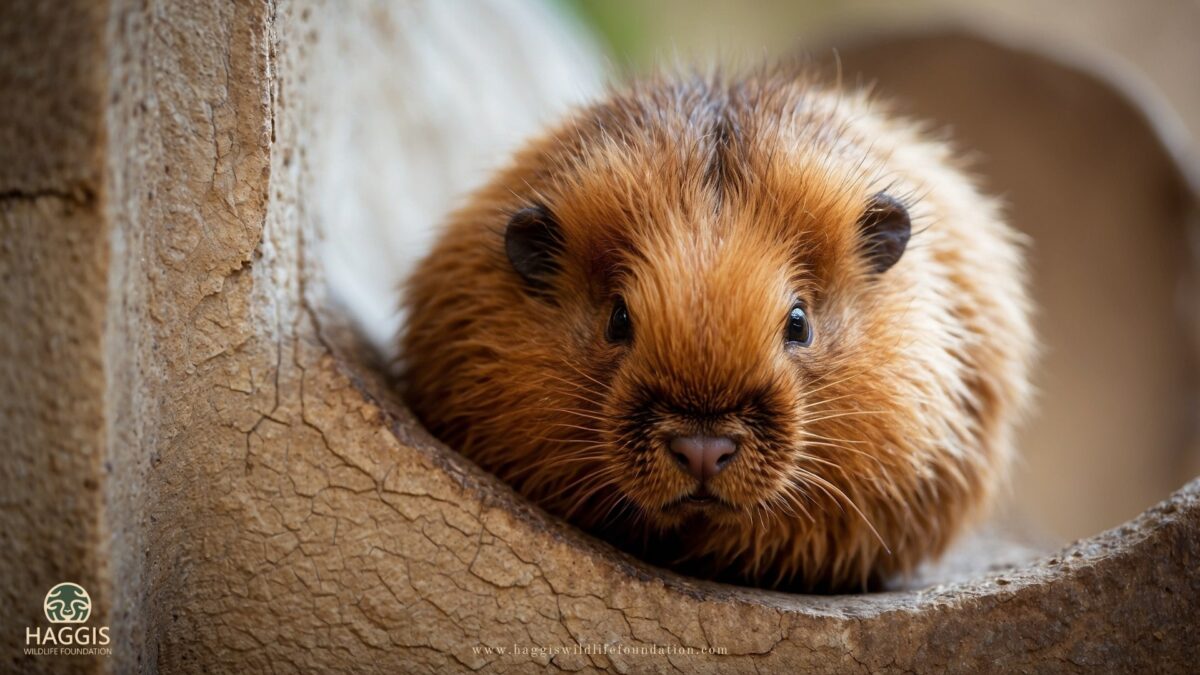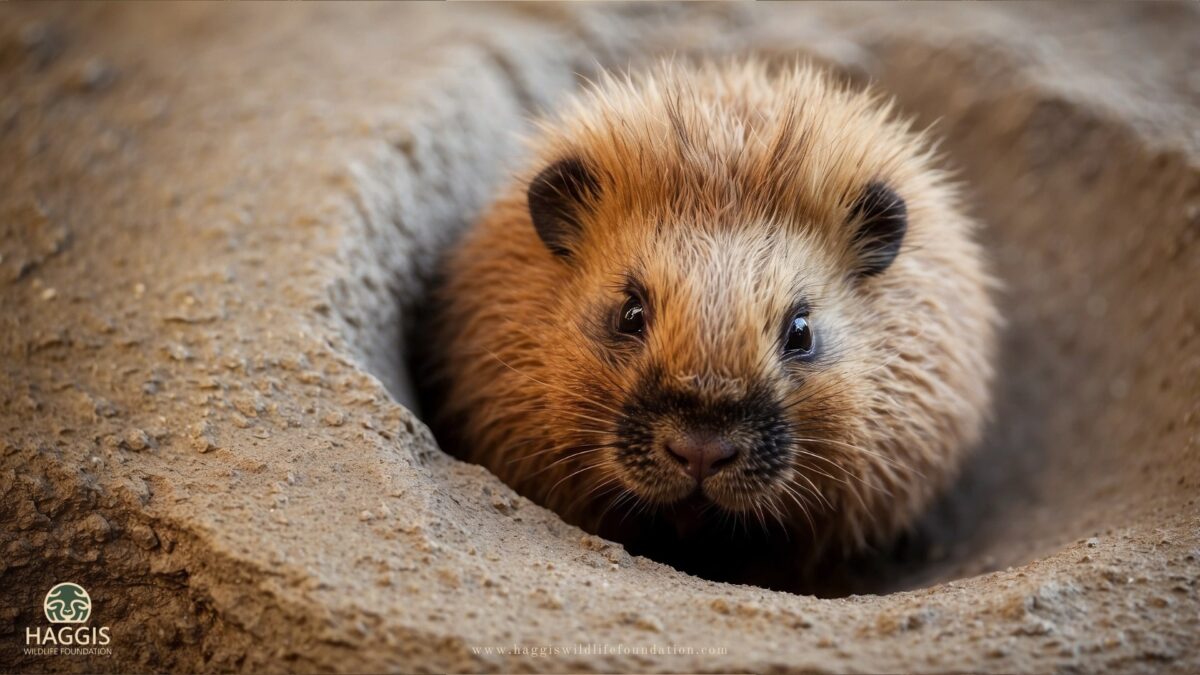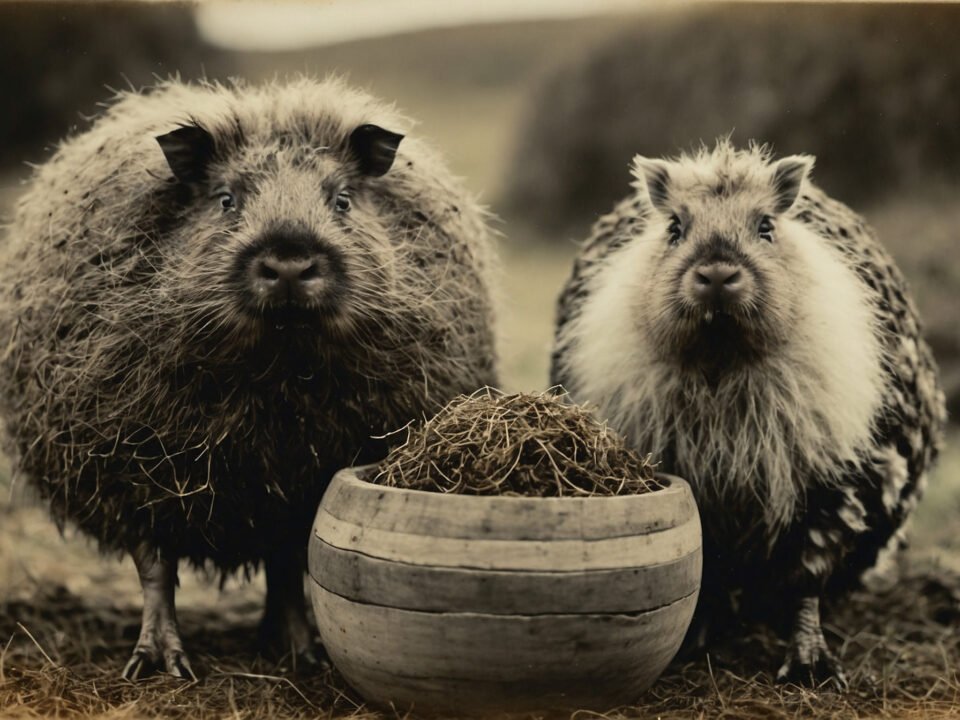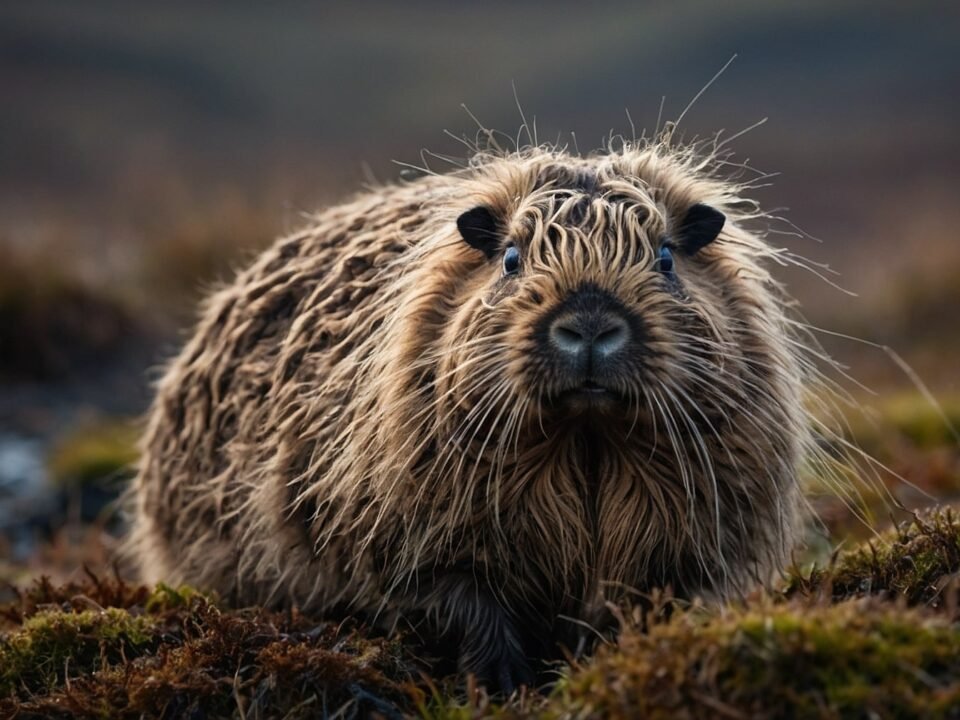
Wild Haggis: Rounding Season in Scotland
May 17, 2025
Is The Haggis Animal Real
June 22, 2025Hagglets are the young of the wild haggis (Haggis scoticus), a small mammal native to Scotland’s rugged hills. Measuring 10-15 cm long at birth, they have a furry, mottled coat of brown and grey, blending seamlessly with the heather.
Hagglets vary by region, with distinct subspecies adapted to the Highlands, Lowlands, Islands, and Borders. Their mottled coats and shy nature make them challenging but rewarding to spot.
Hagglet Varieties by Region
1. Highland Hagglet (Haggis scoticus montanus)
- Description: The largest hagglet, growing up to 20 cm, with a thick, shaggy coat of dark brown and grey to withstand harsh mountain weather. Their legs are markedly uneven, with right- or left-sided pairs up to 5 cm shorter for circling steep slopes.
- Habitat: Found in the Cairngorms, Ben Nevis, and Glen Coe, often burrowing under heather or rocky outcrops.
- Behavior: Nocturnal and solitary, Highland hagglets forage for heather shoots, blaeberries, and moss. They emit a low, rumbling grunt when alarmed.
- Spotting Tip: Look for their distinctive circular trails in the heather at dawn, especially after a misty night.
2. Lowland Hagglet (Haggis scoticus campestris)
- Description: Smaller, at 10-15 cm, with a sleeker, reddish-brown coat suited to milder climates. Their leg length difference is less pronounced, allowing nimble dashes across flat fields.
- Habitat: Common in the Central Belt, around Stirling, Falkirk, and the Lothians, often hiding in grassy meadows or near drystone walls.
- Behavior: More social than their Highland cousins, Lowland hagglets travel in small groups of 3-5, munching on clover and wild grasses. Their chirrup is softer, almost melodic.
- Spotting Tip: Check near streams or field edges at dusk, where they gather to drink.
3. Island Hagglet (Haggis scoticus insularis)
- Description: The smallest variety, rarely exceeding 12 cm, with a wiry, salt-resistant coat in shades of grey and green, blending with coastal vegetation. Their legs are nearly equal in length, adapted for scrambling over rocky shores.
- Habitat: Found in the Hebrides (Skye, Mull, Islay) and Orkney, often nesting in cliffside burrows or among seaweed piles.
- Behavior: Diurnal and curious, Island hagglets feed on seaweed, small crustaceans, and dune grasses. They’re known for a distinctive “popping” squeak when excited.
- Spotting Tip: Scan rocky beaches at low tide, where they scuttle between boulders.
4. Borders Hagglet (Haggis scoticus limitaneus)
- Description: Medium-sized, about 15 cm, with a patchy coat of brown, black, and white, perfect for blending into mixed woodlands. Their leg asymmetry is moderate, suited for rolling hills.
- Habitat: Roams the Scottish Borders, particularly around Kelso and the Eildon Hills, favoring forested areas and riverbanks.
- Behavior: Crepuscular, foraging for nuts, berries, and fungi. They’re territorial, marking burrows with a sharp, barking call.
- Spotting Tip: Look for claw marks on tree roots or small piles of nibbled hazelnuts near river paths.

Tips for Spotting Hagglets
- Tread Lightly: Hagglets are easily spooked. Wear soft-soled boots and avoid crunching twigs.
- Look Low: Check near the base of heather clumps or along rocky outcrops where they hide.
- Listen for Sounds: Hagglets emit a faint, high-pitched chirrup, like a cross between a squeak and a whistle.
- Time Your Visit: Head out at twilight for the best chance of a sighting.
- Respect Their Space: Keep your distance to avoid disturbing their natural behavior.
Fun Fact
Legend has it that Highland and Lowland haggis can only mate with opposite-legged partners (clockwise with counterclockwise), ensuring genetic diversity.





